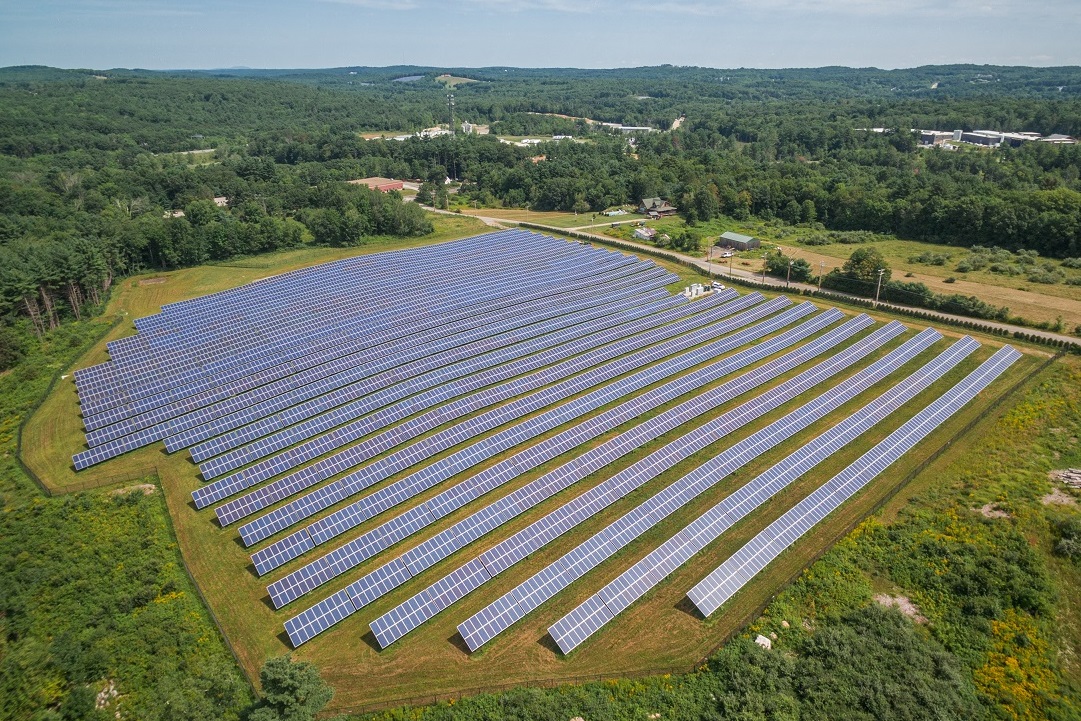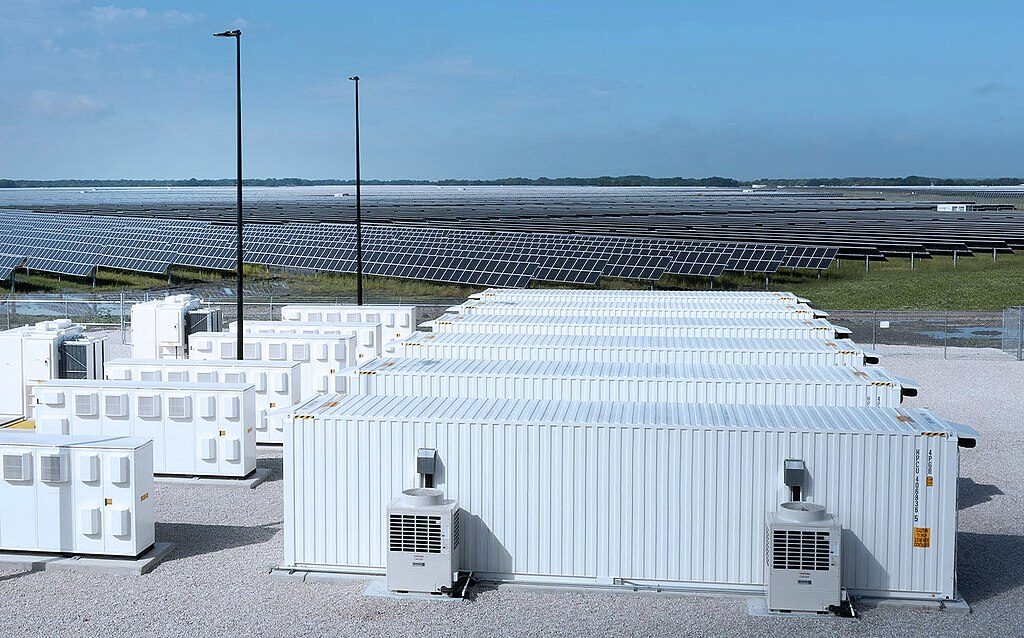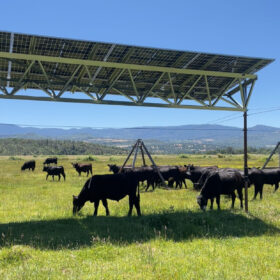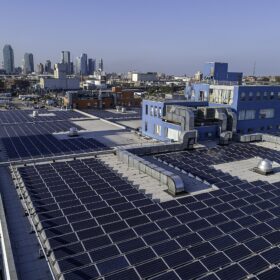Nexamp aims to expand its generation capacity in the United States by 160% by 2028, reaching nearly 3 GW in capacity. This represents an investment of roughly $3.9 billion, said the company.
The company is expected to use domestically produced solar panels from Silfab Solar, thereby avoiding import tariffs.
Nexamp develops community solar projects, arranging contracts under which electricity ratepayers can subscribe to a project to save on electricity bills. The company said its subscribers save an average of $275 annually on bills while supporting local solar development.
The community solar developer operates over 1 GW of solar power capacity across the United States.
Nexamp has raised more than $1.5 billion in the past several years, through a combination of traditional equity, tax equity, and debt financing. This funding has come from a variety of financial partners, from banks to corporate partners. The company continues to secure additional capital as needed. Mitsubishi, through its wholly owned subsidiary Diamond Generating Corporation (DGC), is one of Nexamp’s shareholders and is expected to play a role in this planned expansion.
The community solar developer also announced it will develop more than 120 MW of distributed community scale solar projects for retail giant Walmart in 31 solar projects across five states.
Last month, Mitsubishi announced it invested in Solestial, Inc. a U.S.-based startup specializing in the development and production of solar cells for space applications.
pv magazine USA adjusted this article, which originally stated Japanese trading-house Mitsubishi Corp. announced it will make an estimated $3.9 billon investment in solar energy development in the United States, according to Tokyo news agency Nikkei.
This content is protected by copyright and may not be reused. If you want to cooperate with us and would like to reuse some of our content, please contact: editors@pv-magazine.com.









By submitting this form you agree to pv magazine using your data for the purposes of publishing your comment.
Your personal data will only be disclosed or otherwise transmitted to third parties for the purposes of spam filtering or if this is necessary for technical maintenance of the website. Any other transfer to third parties will not take place unless this is justified on the basis of applicable data protection regulations or if pv magazine is legally obliged to do so.
You may revoke this consent at any time with effect for the future, in which case your personal data will be deleted immediately. Otherwise, your data will be deleted if pv magazine has processed your request or the purpose of data storage is fulfilled.
Further information on data privacy can be found in our Data Protection Policy.